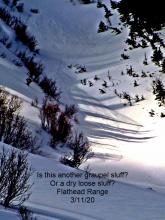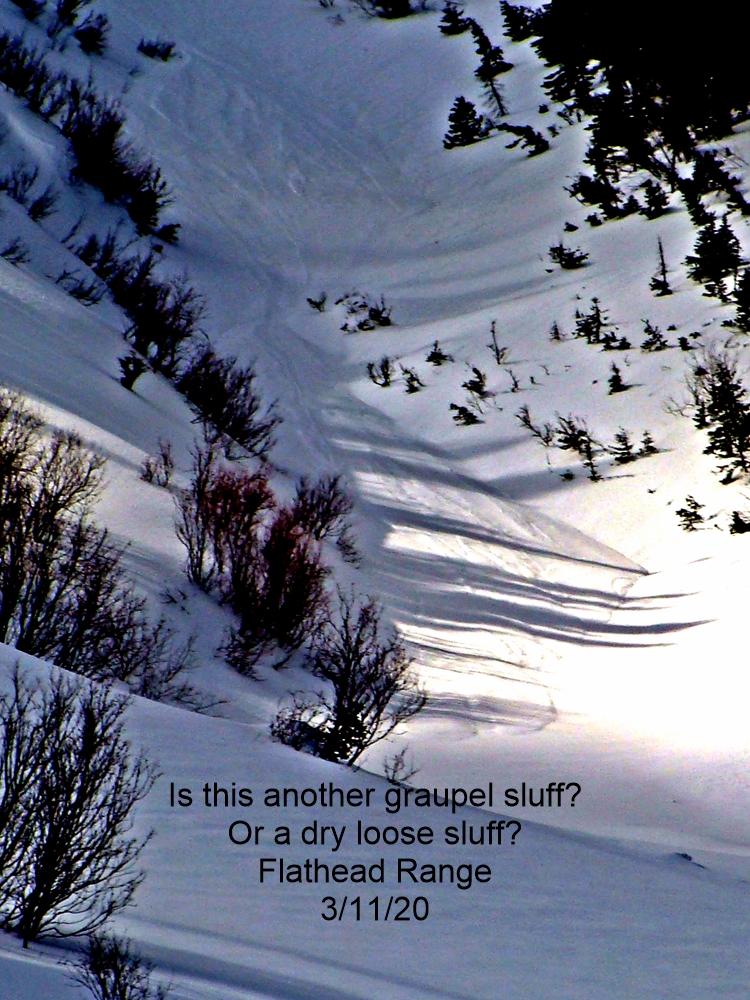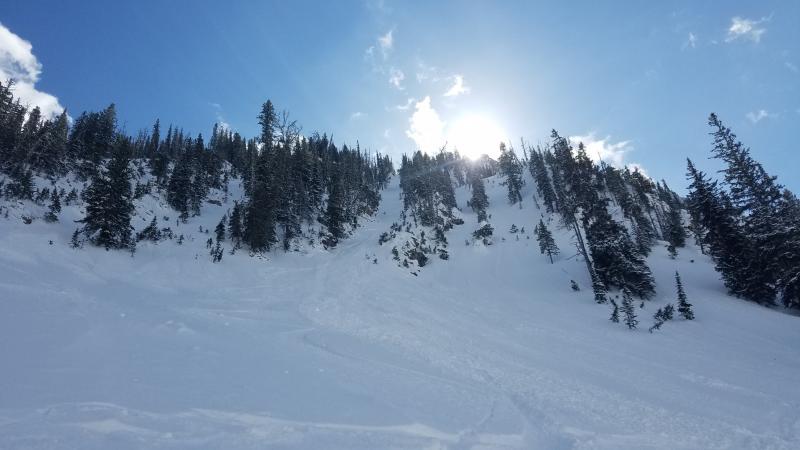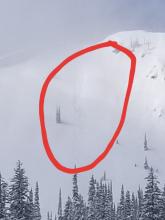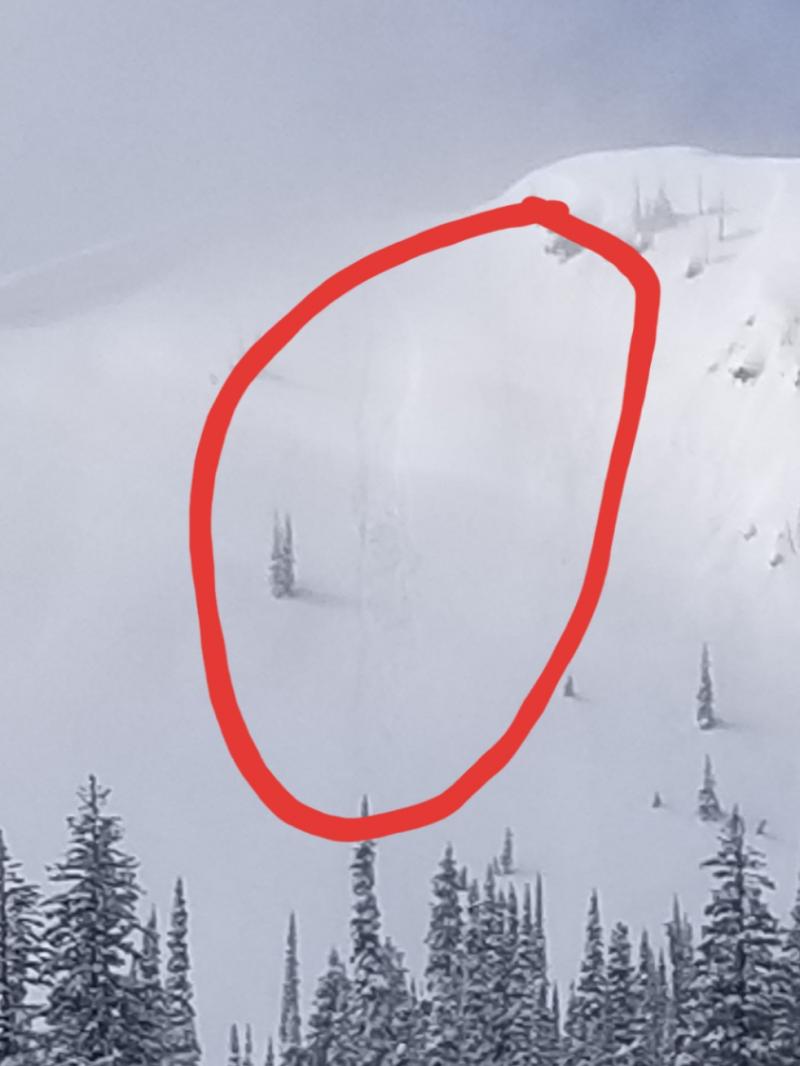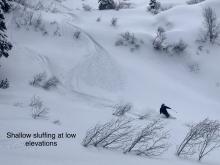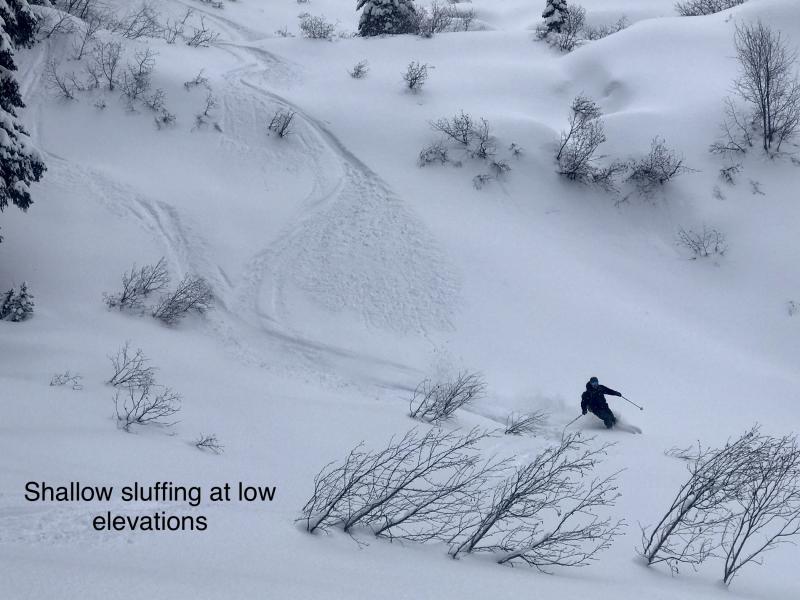| Tuesday | Tuesday Night | Wednesday | |
|---|---|---|---|
| Cloud Cover: | Mostly Cloudy | Mostly Cloudy | Mostly Cloudy |
| Temperatures: | 21 to 28 deg. F. | 15 to 19 deg. F. | 25 to 32 deg. F. |
| Wind Direction: | West | Southwest | Southwest |
| Wind Speed: | 11G24 | 14G24 | 13G24 |
| Snowfall: | 0" in. | 0" in. | 0" in. |
| Snow Line: | 1000' | 2000' | 2000' |
Swan Range
How to read the forecast
Dangerous avalanche conditions persist after a period of rapid new loading. Continue to give steep slopes extra caution. After 16 inches of new snow, soft slabs and sluffs can be large enough to bury you. Ridgetop winds may form new slabs below rigdelines today on leeward aspects. If the sun comes out in could increase the potential for large sluffs on solar aspects. You can choose simple terrain with low slope angles to limit your risk.

3. Considerable
?
Above 6500 ft.
3. Considerable
?
5000-6500 ft.
1. Low
?
3500-5000 ft.
- 1. Low
- 2. Moderate
- 3. Considerable
- 4. High
- 5. Extreme
-
Type ?
-
Aspect/Elevation ?
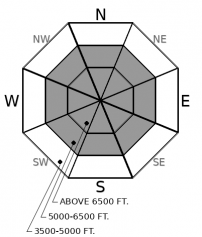
-
Likelihood ?CertainVery LikelyLikelyPossible
 Unlikely
Unlikely -
Size ?HistoricVery LargeLargeSmall

Up to 16 inches of new snow has fallen in the past 36 hours. That’s what we call rapid loading. Soft slabs have likely developed on top of a variety of weak or slick old snow. Crusts found on southerly slopes can act as good sliding surfaces. On northerly slopes, weak layers of faceted snow and surface hoar may prevent new slabs from bonding. Ridgetop winds today may add to slabs on leeward aspects. You can limit your risk by avoiding steep terrain with deeper snow totals and trigger points like convexities and unsupported slopes. Shooting cracks and recent natural avalanches are red flags pointing you towards lower slope angles.
-
Type ?
-
Aspect/Elevation ?
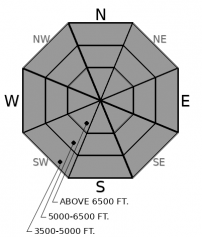
-
Likelihood ?CertainVery LikelyLikelyPossible
 Unlikely
Unlikely -
Size ?HistoricVery LargeLargeSmall

The only reports we have from yesterday mention sluffing in the soft new snow. After a little more snow overnight, the problem will continue today. Sluffs will be most dangerous where the new snow is deepest – at higher elevations and in the Swan Range. If the sun comes out today the problem will be more sensitive on solar aspects where the new snow may get moist and slide on buried crusts. Be extra cautious of very steep slopes with terrain traps below and confined chutes where you can’t escape your sluff.
Seems like the party ended as soon as it started. About 36 hours of heavy snowfall has left Noisy Basin with 16 inches of new snow and 1.9 inches of SWE. Flattop Mountain picked up a foot of snow and 1.3 inches of water. Snow depths at the Stahl Peak SNOTEL increased by 10 inches of snow and 1.3 inches SWE. The taps closed around midnight and now we all have to deal with the hangover.
Today will be relatively mild compared to the recent surge in snowfall. Except for some sun here and there, and ridgetop winds, we can expect nothing more interesting than a few flurries. However. However, the new snow will need time to adjust. We have limited data on how the new snow is reacting. Yesterday, I got a few notes about sluffing in the Middle Fork and we received one official observation of similar conditions near Big Mountain.
I hate to be a party pooper, but with limited information I’ll be sticking to what I know: lots of new snow just fell over a short period of time. Storm instabilities may take a day or two to stabilize. As the new loading began, we got reports of surface hoar and weak faceted snow getting buried in Canyon Creek and the southern Flathead Range. Those persistent weak layers were preserved on sheltered, northerly areas near typically wind loaded slopes. In some cases, wind slabs developed over the surface hoar created a sensitive avalanche problem. I have more uncertainty about whether we have this type of setup in the Swan and northern Whitefish ranges. I’ll be treating slope as if they have the offending weak layers until proven otherwise.
Looking through the weather today, ridgetop wind may be enough to transport light new snow onto leeward slopes, adding to the wind slabs that formed yesterday. The sun may burn its way through the clouds sporadically, which could warm the fluffy new snow and trigger natural sluffs. Temperatures may climb above freezing at lower elevations, causing sluffs to become heavier and wetter.
As the captain of the fun police, I’m expecting the threat of storm slabs to continue today where the most new snow has accumulated, most commonly in the Swan Range. Recent and developing winds slabs should also be sensitive, especially where they formed on buried weak layers. Sluffs could grow quite large where the new, cohesionless snow begins to slide above buried sun crusts. Use caution as you head out into the mountains. The storm may be over, but don’t ignore the aftermath.
A ridge of high pressure to our west will be the dominant weather feature this week. A little moisture will move through the ridge today allowing for a few light snow showers. Winds increase ahead of a shortwave trough that sneaks through tomorrow. We can expect a litte more snow with that distrubance before full on high pressure with clearing skies and warm temperatures builds in by the end of the week.
This forecast applies only to backcountry areas outside established ski area boundaries. The forecast describes general avalanche conditions and local variations always occur. This forecast expires at midnight on the posted day unless otherwise noted. The information in this forecast is provided by the USDA Forest Service who is solely responsible for its content.










